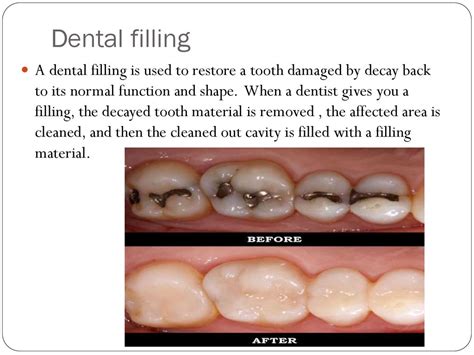Temporary Filling Troubles? Your Permanent Filling Timeline
A temporary filling is exactly what it sounds like – a temporary solution. While it protects your tooth until your permanent filling can be placed, it can sometimes cause discomfort or even fall out. This article will explore common temporary filling troubles and provide a realistic timeline for getting your permanent filling. We'll also address frequently asked questions surrounding this process.
What are the Common Problems with Temporary Fillings?
Temporary fillings, usually made of a less durable material like zinc oxide eugenol (ZOE), are designed to bridge the gap until your dentist can perform the permanent restoration. However, they're not without their drawbacks. Common issues include:
- Sensitivity: Increased sensitivity to temperature (hot and cold) is quite common. This is because the temporary filling doesn't provide as airtight a seal as a permanent filling, leaving the tooth's nerve exposed.
- Discomfort: You might experience some lingering pain or discomfort, especially if the temporary filling is ill-fitting or has shifted.
- Falling Out: Temporary fillings are susceptible to dislodging, especially if you eat sticky or hard foods. This necessitates a quick trip back to the dentist.
- Fracturing or Crumbling: The material used for temporary fillings is less robust than that of permanent restorations, making them more prone to damage.
How Long Should a Temporary Filling Last?
Ideally, a temporary filling should last only a few days to a couple of weeks. The exact duration depends on several factors including the size of the cavity, the type of filling material used, and the patient's oral hygiene practices. It's crucial to keep your appointment for the permanent filling and to avoid anything that might dislodge it.
What Happens if My Temporary Filling Falls Out?
If your temporary filling falls out, contact your dentist immediately. Leaving the cavity exposed makes your tooth vulnerable to further damage, infection, and increased sensitivity. Your dentist will likely schedule you for an appointment as soon as possible to replace the temporary filling and, ideally, proceed with the permanent one.
How Long Does It Take to Get a Permanent Filling After a Temporary One?
The timeline for getting a permanent filling after a temporary one varies. Often, the permanent filling procedure is scheduled during the same visit as the temporary filling, or within the next few days or week. However, factors like:
- Dentist's Schedule: Availability of appointments can influence the waiting time.
- Complexity of the Procedure: A more complex filling (a large cavity or a tooth with multiple issues) might require more time for preparation.
- Laboratory Work: In some cases, a more intricate permanent filling may require laboratory work (e.g., crowns, inlays), extending the overall timeline.
can lead to a longer wait. You should expect the entire process to be completed within a few weeks, unless unusual circumstances arise.
What Type of Permanent Filling is Best for Me?
The choice of permanent filling material depends on several factors, including the size and location of the cavity, your oral health, and your budget. Your dentist will discuss the pros and cons of each option to help you make an informed decision. Common options include:
- Composite Resin: Tooth-colored filling material, aesthetically pleasing and relatively inexpensive.
- Amalgam (Silver): A strong, durable, and affordable option, although it's not as aesthetically pleasing.
- Gold: Extremely durable and long-lasting but more expensive.
- Porcelain: Durable, tooth-colored, and aesthetic, but more expensive than composite resin.
What Can I Do to Prevent Problems with My Temporary Filling?
While some discomfort is expected, you can take steps to minimize problems:
- Avoid sticky and hard foods: Refrain from chewing gum, caramels, hard candies, and nuts.
- Gentle brushing and flossing: Be mindful when cleaning around the temporary filling to avoid dislodging it.
- Avoid using the affected tooth for chewing: If possible, use your other teeth for chewing until your permanent filling is placed.
- Contact your dentist immediately: If you experience excessive pain, sensitivity, or if the filling falls out.
This information is intended for educational purposes only and should not be considered medical advice. Always consult your dentist for any concerns about your teeth and dental health.

